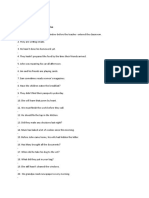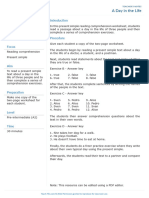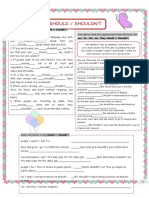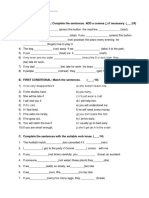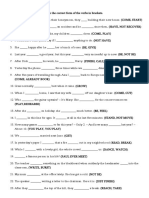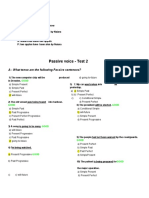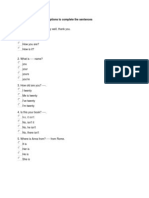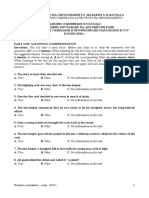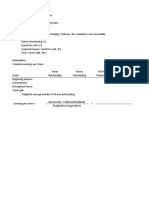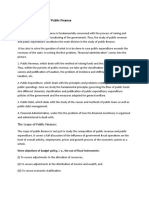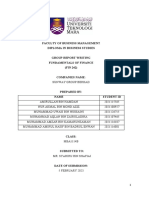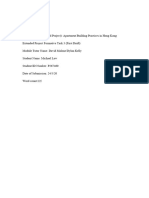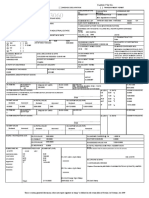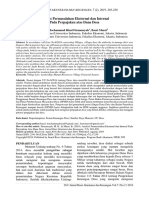Question 1
Kahn Distribution Limited (KDL) purchases inventory items for resale. At the beginning of 2009, Kahn had
no inventory on hand.
During 2009, Kahn had the following transactions:
First quarter 2,000 units at $40 per unit
Second quarter 1,500 units at $41 per unit
Third quarter 2,200 units at $43 per unit
Fourth quarter 1,900 units at $45 per unit
Total 7,600 units at a total cost of $321,600
KDL sold 5,600 units of inventory during the year at $50 per unit, and received cash. KDL determines
that there were 2,000 remaining units of inventory and specifically identifies that 1,900 were those
purchased in the fourth quarter and 100 were purchased in the third quarter.
What are the closing inventories associated with these transactions during 2009 based on FIFO, LIFO and
Average methods?
Question 2
THE Following INVENTORY PURCHASES INFORMATION BELONGS TO
SMJ LTD
31st December 2020(Closing Balance) 40 units @ D7 per unit
14th January 2021(purchases) 60 units @ D6 per unit
4th June 2021(purchases) 100 per unit @ D10 per unit
28th December (purchases) 70 per unit @ D9 per unit
As of 31st December 2021, SMJ Ltd has sold 240 units at D12 per unit.
Calculate:
a) the gross profit for the year ended 31st December 2021 using FIFO, LIFO and
Average methods
b) assuming that only 200 units were sold, what would be the closing inventory
using the LIFO method?
�Question 3. Basic EPS
For the year ended 31 December 2009, Angler Products had net income of
$2,500,000. The company declared and paid $200,000 of dividends on preferred
stock. The company also had the following common stock share information:
Shares outstanding on 1 January 2009 1,000,000
Shares issued on 1 April 2009 200,000
Shares repurchased (treasury shares) on 1 October 2009 (100,000)
st
Shares outstanding at 31 December 2009 1,100,000
1) What is the company’s weighted average number of shares outstanding?
2) What is the company’s basic EPS?
3) Assuming that a previously declared 2 for 1 stock split took effect, what
would be the company’s basic EPS? NOTE: stock split is treated as if it
occurred at the beginning of the year.
Basic EPS = Net Income-Preferred dividends
Weighted average number of shares outstanding
Diluted EPS When a Company Has Convertible Preferred Stock Outstanding
Diluted EPS = Net Income
(Weighted average number of shares outstanding + New common shares that would
have been issued at conversion)
Question 4
For the year ended 31 December 2009, Bright-Warm Utility Company had net
income of $1,750,000. The company had an average of 500,000 shares of common
stock outstanding, 20,000 shares of convertible preferred, and no other potentially
dilutive securities. Each share of preferred pays a dividend of $10 per share, and
each is convertible into five shares of the company’s common stock.
Calculate the company’s basic and diluted EPS.
�Diluted EPS When a Company Has Convertible Debt Outstanding
Diluted EPS = (Net income + After-tax interest on convertible debt - Preferred dividends)
(Weighted average number of shares outstanding + Additional common shares that would
have been issued at conversion)
Question 5
Oppnox Company reported net income of $750,000 for the year ended 31
December 2009. The company had a weighted average of 690,000 shares of
common stock outstanding. In addition, the company has only one potentially
dilutive security: $50,000 of 6 percent convertible bonds, convertible into a total of
10,000 shares.
Assuming a tax rate of 30 percent, Calculate Oppnox’s basic and diluted EPS.
Diluted EPS When a Company Has Stock Options, Warrants, or Their
Equivalents Outstanding
Diluted EPS = Net income Preferred dividends
[Weighted Average Number of Shares Outstanding + (New shares that would have been issued
at option exercise - Shares that could have been purchased with cash received upon exercise) ×
(Proportion of year during which the financial instruments were outstanding)]
Question 6
Hihotech Company reported net income of $2.3 million for the year ended 30
June 2009 and had a weighted average of 800,000 common shares outstanding. At
the beginning of the fiscal year, the company has outstanding 30,000 options with
an exercise price of $35. No other potentially dilutive financial instruments are
outstanding. Over the fiscal year, the company’s market price has averaged $55 per
share.
Calculate the company’s basic and diluted EPS

